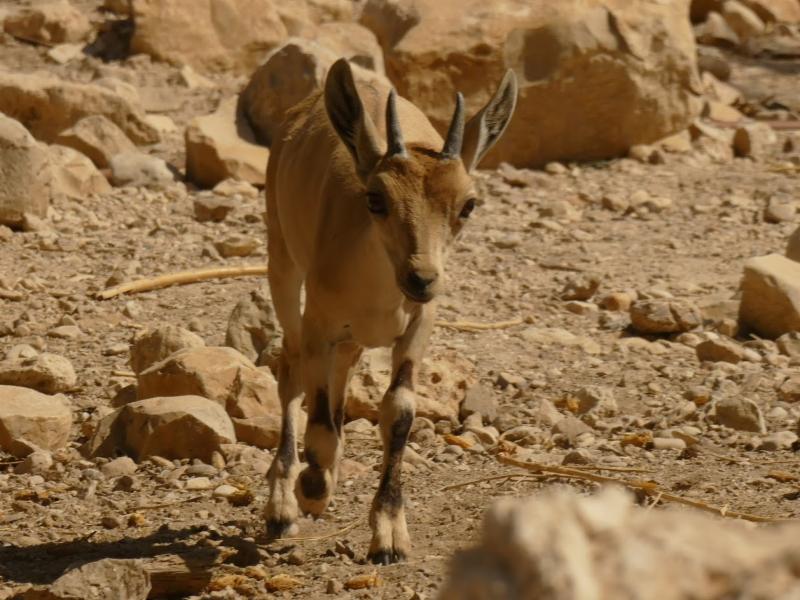This summer, I traveled to Southeast Asia for the first
time, including a stop in Vietnam. Back
in the ‘60s or early ‘70s, if I had been a little older and lot less lucky,
odds are that this would not have been my first trip there. I’ll be sharing some stories from my travels
over the coming weeks; for now, I just want to highlight one ironic twist.
Fifty years ago, the turning point of Vietnam War (or as the
Vietnamese call it, the American War) was what became known as the “Tet
Offensive,” named for the month of the Vietnamese lunar new year when the
uprising began. That campaign, which was
devastating for both sides, ended on Sept 23, 1968. For Americans it was a psychological blow that
demonstrated how we had gotten ourselves into an unwinnable quagmire. It was during Tet that Walter Cronkite
decided to see for himself what was going on and when he stated his deep
concerns, President Johnson reportedly remarked, “If
I've lost Cronkite, I've lost middle America.”
This September, Jews
are entering the year 5779, or tav shin ayin, tet. The Hebrew letter Tet equals nine in Hebrew.
Tet is the first letter of the word “Tov,” which means “good,” and that word
and that letter are inextricably intertwined.
As we enter the new year, I propose that we embark on our
own Tet Offensive, a Crusade of Kindness, as we project our spiritual power out
into the world.
As many of you know, my book Mensch· Marks is scheduled to
be published in the first part of 2019. I’m
hoping that the term mensch might become as ubiquitous as other Yiddish
words that have snuck into the vernacular, like chutzpah and kvetch. Because what our country needs right now is
more menschen, more people of character, not more kvetchers. When
rabbis meet at conferences, we typically ask one another questions like, “How
many do you get for Shabbat services?” or “How many in your congregation keep
kosher?” The question we should ask is,
“How many in your congregation are menschen?” How many embody those menschy traits,
which, as delineated by Dr. Saul Levine in Psychology Today, include decency, wisdom,
kindness, honesty, trustworthiness, respect, benevolence, compassion,
and altruism?
I can proudly tell my rabbinic colleagues that I’ve got a
whole bunch of menschen here. I
would pit the simple decency of this congregation against any other
congregation out there. But part of
being a mensch is not resting on our laurels. There is a lot of work to do, because our
world is tilting toward precisely the opposite characteristics: indecency, bad
judgment, harshness, dishonesty, untrustworthiness, disrespect, malevolence,
cruelty and selfishness. Our work is cut
out for us. What we need is a Tet
Offensive.
And that is precisely what is happening, on a number of
levels. Just in the past few months, we've started a new volunteer group,
called “Hand in Hand,” that will assist people who are confronting the long
process of bereavement. We recognize
that grief doesn’t end at the conclusion of shiva – and we want to be there to
help.
We also have signed on to HIAS’s efforts to support
refugees, culminating on National Refugee Shabbat on October 19-20.
And we have just signed on to be part of the second cohort
(one of a dozen congregations nationally) of the Interfaith Inclusion
Leadership Initiative (IILI), designed to help us become even more
inclusive in our embrace of interfaith families. For example, we are learning to avoid
negative terminology in describing families.
We need to ask people how they wish to be identified rather than simply
slapping a label on them. And we need to
be careful in assuming that one type of family unit is the “norm.” The late
Gary Tobin offered a critique of organized Jewish life, asking what percentage
of American Jewish families were “traditional,”’ by which he meant: a mom and a
dad, neither ever divorced, both born Jewish, with children, who were not
adopted.’
The answer is five percent.
So as we move into this year of menschlichkeit, of
Tet, now more than ever, we need to gather together to gain strength for the
struggles that lay ahead. Your
unaffiliated friends and relatives need us now more than ever as well – and we
need them. No one should be forced to
confront these untethered times alone.
Come in from the craziness and join us here. Oh, and BTW, we have some
major incentives for new members too!
Let’s make 5779 the year of TBE’s Tet Offensive.












































































































